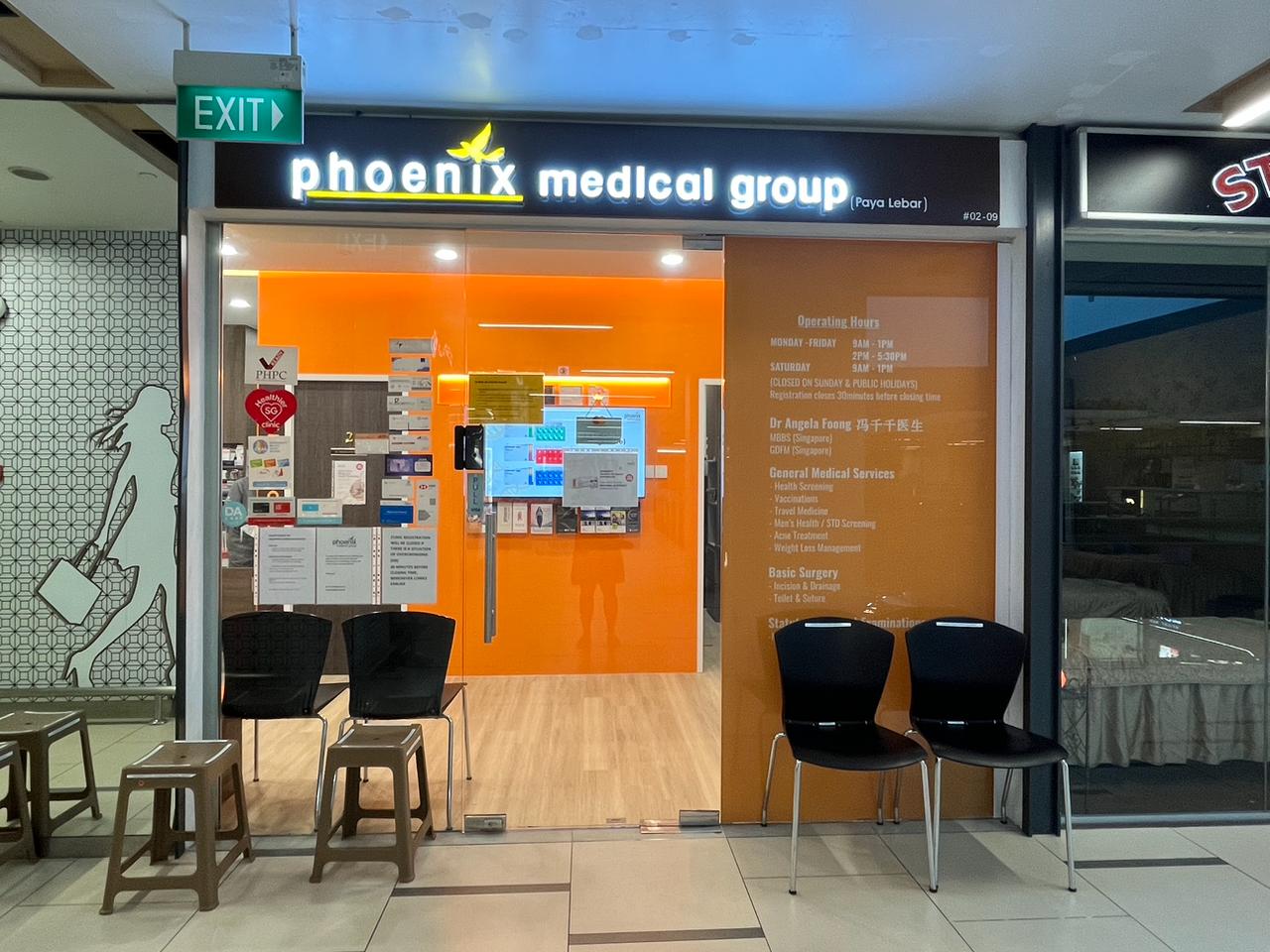
The 5-in-1 and 6-in-1 vaccines are combination immunisations designed to protect infants against multiple serious infectious diseases with fewer injections. These vaccines are part of Singapore’s National Childhood Immunisation Schedule (NCIS) and are widely recommended by healthcare authorities worldwide for early childhood protection.
The 5-in-1 vaccine combines five different vaccines into a single injection. It protects against:
The 5-in-1 vaccine is typically administered in a three-dose schedule at 3, 4, and 5 months of age.
The 6-in-1 vaccine offers the same protection as the 5-in-1, with the addition of immunity against Hepatitis B, a viral infection that affects the liver. Infants infected at birth are at high risk of developing chronic hepatitis B, which can lead to liver cirrhosis and cancer later in life.
The 6-in-1 vaccine is generally given at 2, 4, and 6 months of age. It is often preferred due to its broader protection and compatibility with the infant vaccination timeline, as it allows for earlier immunisation against Hepatitis B, a disease that can be transmitted from mother to child at birth.
The 5-in-1 and 6-in-1 vaccines work by training your child’s immune system to recognise, and respond to specific disease-causing bacteria and viruses, without actually causing the illness. Each vaccine contains safe, inactivated, or purified components from the targeted pathogens, which are enough to stimulate the body to develop protective antibodies.
These antibodies help your child’s immune system “remember” the infection. If they are exposed to the actual disease in the future, their body can respond quickly to fight it off, often before symptoms even develop.
What sets these vaccines apart is that they combine multiple protections into one injection. This approach reduces the number of injections required during the early months of life, while still offering strong, effective immunity.
The 5-in-1 vaccine targets five serious childhood diseases in one shot, and the 6-in-1 vaccine does the same with the added protection against hepatitis B, which makes it a more comprehensive option for some children.
The 5-in-1 and 6-in-1 vaccines offer several important advantages, not only in protecting your child against serious diseases but also in making the immunisation process simpler and more manageable for both parents and healthcare providers.
The 5-in-1 and 6-in-1 vaccines are given during your child’s first year of life to protect against multiple serious diseases at a time when their immune system is still developing. These schedules are part of Singapore’s National Childhood Immunisation Schedule (NCIS) and are designed to offer early and effective protection.
| Dose | 5-in-1 Vaccine | 6-in-1 Vaccine |
| 1st dose | At 3 months | At 2 months |
| 2nd dose | At 4 months | At 4 months |
| 3rd dose | At 5 months | At 6 months |
| Booster dose | At 18 months | Not required (covered by separate Hep B booster if needed) |
Both vaccines are safe, effective, and approved under Singapore’s national guidelines. Your child’s doctor may recommend one over the other based on their individual vaccination history, especially if hepatitis B doses have already been given at birth and 1 month.
The 5-in-1 and 6-in-1 vaccines are generally well tolerated by infants. Like all vaccinations, they may cause some mild side effects, which are usually short-lived and not a cause for concern. These effects are a natural response as your child’s immune system begins to build protection against the targeted diseases.
Most babies experience only mild symptoms after receiving the vaccine. These may include:
These symptoms usually resolve within a day or two without any treatment. If needed, infant paracetamol may be given to manage mild fever or discomfort, but only under the guidance of a doctor.
In a small number of cases, children may experience:
Medical staff are trained to recognise and respond to serious allergic reactions immediately, although such cases are extremely uncommon.

After your child receives the 5-in-1 or 6-in-1 vaccine, there are a few simple steps you can take to help them feel more comfortable and to monitor for any common post-vaccination responses. Most children recover quickly with little to no disruption to their routine.
If your child happens to miss their scheduled vaccination dose, it is important to let your doctor know and catch up as soon as possible. Things to note include:
The 5-in-1 and 6-in-1 vaccines are essential childhood immunisations that protect infants from multiple serious diseases with fewer injections. Offered as part of Singapore’s National Childhood Immunisation Schedule, these combination vaccines are safe, effective, and widely used around the world. They help build early immunity, reduce clinic visits, and simplify the vaccination process for parents and babies.
At Phoenix Medical Group, we offer the 5-in-1 and 6-in-1 vaccinations, along with guidance through your child’s vaccination journey, answers to your questions, and personalised care you can trust. Contact us to schedule your child’s 5-in-1 or 6-in-1 today.
Can my child receive the 6-in-1 vaccine if they have already started the 5-in-1 schedule?
It’s generally recommended to complete the vaccination schedule with the same type of vaccine. However, in certain circumstances, your healthcare provider may advise transitioning to the 6-in-1 vaccine. It’s essential to consult with your doctor to determine the best course of action for your child's immunisation.
Are there any medical conditions that would prevent my child from receiving these vaccines?
Most children can safely receive the 5-in-1 and 6-in-1 vaccines. However, if your child has had a severe allergic reaction to a previous dose or to any component of the vaccine, or if they have a condition that affects their immune system, it’s crucial to discuss this with your healthcare provider. They can assess your child’s medical history and provide guidance on the safest options.
How effective are the 5-in-1 and 6-in-1 vaccines?
Both vaccines are highly effective in protecting against the diseases they target. They produce a strong immune response, which significantly reduces the risk of infection.
Can 5-in-1 and 6-in-1 vaccines be administered alongside other routine childhood vaccinations?
Yes, the 5-in-1 and 6-in-1 vaccines can be given at the same time as other routine childhood immunisations, such as the rotavirus or pneumococcal vaccines. Administering multiple vaccines during a single visit is safe and helps ensure that your child stays up to date with their immunisation schedule.



9:00am to 8:30pm

9:00 am - 4:30 pm, 6.00 pm - 8:30 pm
9:00 am - 1:30 pm
2:00 pm - 8:30 pm

60 Paya Lebar Road, #02-09 Paya Lebar Square, Singapore 409051
9:00 am - 12:30 pm
2:00 pm - 5:00 pm
9:00 am - 12:30 pm

275 Thomson Road,
#01-05 Novena Regency,
Singapore 307645
9:00 am - 2:30 pm
6:00 pm - 8:30 pm (Mon, Tue, Wed & Fri)
9:00 am - 1:30 pm
2:00 pm - 8:30 pm

The Venue Shoppes,
2 Tai Thong Crescent, #01-16,
Singapore 347836
9:00 am - 3:00 pm
6:00 pm - 9:00 pm (Mon, Wed & Thu)
9:00 am - 2:00 pm
Closed

244M Upper Thomson Rd, Thomson Garden Estate, Singapore 574369
9:00 am - 3:00 pm
6:00 pm - 9:00 pm (Mon & Wed)
9:00 am - 2:00 pm
Closed

9:00 am - 4:00 pm
6:00 pm - 9:00 pm
9:00 am - 2:00 pm
Closed